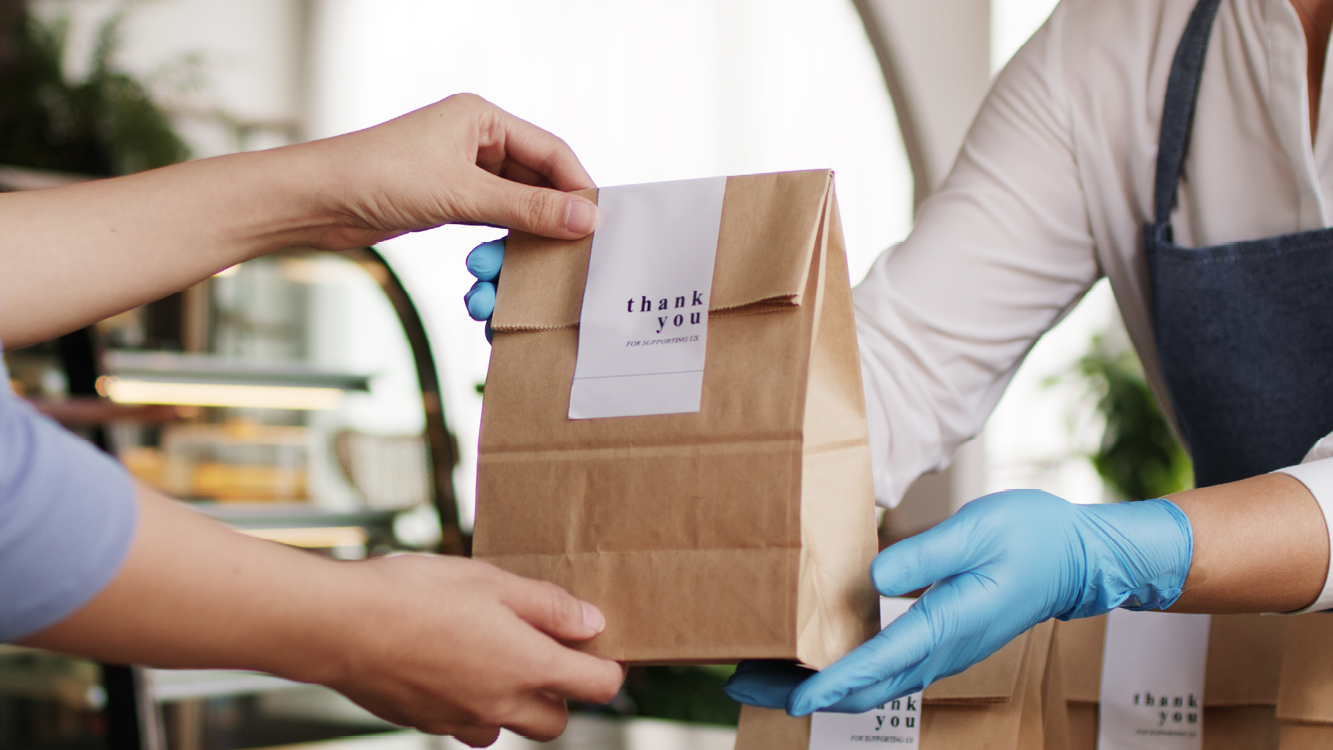Capitalizing on the Cold Chain Revolution: A Guide for Technology Solutions Providers (TSPs).
Unlock the potential of cold storage for your warehouse customers with cutting-edge solutions and services.
BlueStar's diverse portfolio offers unparalleled access to premium products and services that drive business growth and success. From state-of-the-art hardware to advanced software solutions, our portfolio is designed to empower businesses with the tools they need to thrive in today's competitive landscape.
Our vertical-based content focuses on different industry technologies, solutions, and insights.
A true VAD offers top-notch pick, pack and ship services, and provides programs and services that add value to the distributed products that increase their value or worth.
The BlueStar DifferenceTSPs have the opportunity to meet demand for solutions that deliver convenience to customers and greater efficiency to merchants.
Retail self-service is undergoing an evolution driven by demographics, culture, and technology. Some countries, like France, lead the way in adoption across large and small retailers, implementing both self-service checkouts and mobile apps with scan-and-go services. Leading retailers in Germany, Finland, Portugal, and Romania are also investing in self-service solutions. Additionally, the increasing consumer demand for convenient and efficient self-service is driving market growth at an 8.2% CAGR, and projections put its value at USD 4.7 billion by 2027.
This means opportunity for technology solutions providers. However, to seize the opportunity in the following areas, TSPs must provide merchants with a range of self-service options that will keep them competitive in a market competing on their ability to meet the demands of the modern consumer.
COVID-19 helped to accelerate the adoption of contactless ordering and payment solutions in the restaurant sector, which increased consumers' familiarity and expectations for self-service options wherever they engage with merchants. Hotels began to see the benefit of using these solutions to streamline check-in and checkout processes without increasing staffing costs. In 2024, TSPs should look for new opportunities to provide self-service solutions to restaurant and hospitality clients, including leveraging self-service to allow guests to make reservations and payments from kiosks or by scanning QR codes and paying with mobile devices.
The transportation sector has adapted processes, enabling self-service for travelers. For example, consumers traveling across the French rail network can take advantage of convenient SNCF self-service ticketing machines found at 1,400 stations. Consumers book online and then print their tickets at any kiosk location minutes after completing their transactions. Tickets are validated through self-service "compost" or "automat" machines at platform entrances. These solutions make travel easier and more convenient for consumers, eliminating long lines and wait times, and helping to keep trains running on schedule.
The rise of e-commerce has led to a surge in returns, with $816 billion worth of merchandise returned in 2022. Furthermore, a Pitney Bowes BOXpoll survey found that 78 percent of consumers deem the returns process inconvenient. However, self-service returns, facilitated through kiosks, offer an interactive and convenient way for consumers to select, explain, and process returns without waiting for assistance. TSPs should investigate the pain points their market faces with e-commerce returns and provide solutions that streamline operations, improve data collection and revenue protection, and enhance customer loyalty through an efficient returns experience.
Self-service technology opens the door to better communication between merchants and their consumers. In the past, retailers could spend weeks executing costly field research and data analysis to conduct traditional surveys or study groups. However, retail self-service kiosks allow merchants to carry out surveys quickly, easily, and accurately. A few survey questions can be added to a self-checkout or endless aisle experience, giving merchants valuable information regarding loyalty and the perceptions of their brands.
While many retailers are implementing retail self-service solutions, some large chains are pulling back. Booths, a British supermarket chain, has said it will remove all self-checkout stations in most of its 28 stores. Reasons for this decision include challenges related to weighing produce, age verification for products requiring it, and lack of control over shrinkage. TSPs could potentially find a market among retailers who want to offer the convenience, but need to overcome challenges that hurt efficiency and customer experiences.
JWO allows consumers to scan a code upon entry to a physical location, then automatically add or remove items to their virtual cart as they are picked off or put back onto a shelf. When the consumer finishes shopping, they can "just walk out," and their credit card will be automatically charged. While this advanced technology is gaining traction with a few European retailers, time will tell if this emerging technology will see widespread adoption.
Benefits of Retail Self-Service
Regardless of the vertical or use case, self-service solutions provide three common benefits to businesses:
Implementing self-service solutions enables faster transaction processing and throughput. It also allows merchants to reallocate labor from the checkout or customer service counter to other tasks within the store. Additionally, digitizing processes like endless aisle and price checks gives merchants additional data that they can incorporate into analytics for better decision-making.
Retail self-service solutions allow merchants to serve more customers simultaneously without increasing labor expenses. This results in significant cost savings, as fewer cashiers are required to handle transactions.
If your prospects aren't sure about implementing retail self-service solutions, point out that more than 65% of consumers prefer self-checkout technology over assistance from a sales associate. For consumers, self-service options mean less time waiting in long queues, more control over their shopping experiences, and less pressure to make fast decisions.
Capitalize on the Growing Demand for Self-Service
Not every solution has lived up to expectations in the retail self-service space. However, TSPs have the opportunity to design solutions that do. By leveraging your industry expertise and tech know-how, you can meet crucial needs for merchants that offer a winning combination of operational efficiency while delivering an exemplary customer experience.
If you achieve that formula, you'll surpass expectations and make a lasting impact on the client relationships that propel your business growth.

Unlock the potential of cold storage for your warehouse customers with cutting-edge solutions and services.

The retail landscape is transforming significantly, driven by increasing consumer awareness of environmental issues.

The fast-food industry is under increasing pressure to adopt more sustainable practices. RFID technology could be the solution.

Create configurable solutions that address in-demand use cases and position your business for greater market share.

Retailers need your technology and industry expertise to improve their self-service experiences.

Retailers need your experience and tech know-how to implement truly effective omnichannel solutions.